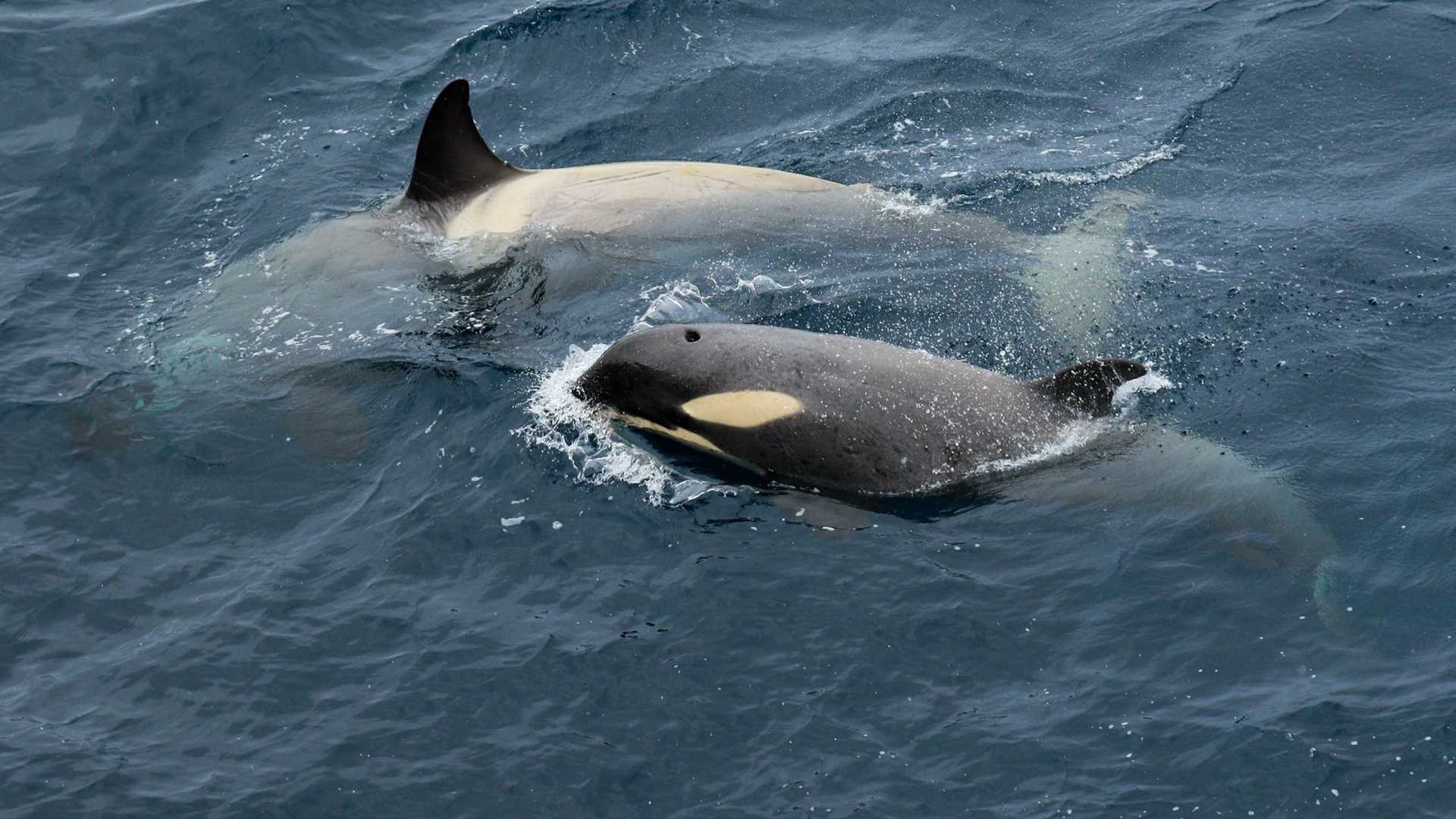This morning National Geographic Explorer awoke to low visibility as it entered the Errera Channel. An area steeped in place names left by Adrien Gerlache’s 1898 expedition, we couldn’t help but wonder what it might have felt like to be a sailor or scientist on the first truly scientific expedition to Antarctica. While Belgica got stuck in the ice for 13 months at 71° south, the mighty ship Explorer passed through the Gerlache Strait area without event.
After breakfast, to the surprise of the Chileans, we dropped the hook off the González Videla station. Also known as Waterboat Point, this site was home to a unique expedition in 1922 that was both the greatest failure and a remarkable success in the history of Antarctic exploration. It was conceived as the British Imperial Trans-Antarctic Expedition, intended to circumnavigate the continent. In the end, this grandiose plan boiled down to two young men wintering in an improvised hut made from a 27-foot whaleboat, where they undertook scientific work consisting of meteorological observations, sea ice logs, and a detailed study of penguin behavior. After almost a year on this exposed and barren point, Norwegian whalers came to retrieve them, but, dedicated as they were to their task, they were not ready to leave and begged to stay another two to three weeks so they could finish their observations. The research of these two men has resulted in some of the longer-term observations of penguins and their colonies.
After leaving Waterboat Point, we had amazing encounters with humpbacks and killer whales of the Type B (small) variety. Unlike our experience with the Type B (large) whales the day before, we had calm conditions and whales both near and far. The small/Gerlache Strait population is around 600 whales and is known to eat mostly fish and some penguins (vs the large whales, which are pinniped specialists). Captain Oliver did an amazing job navigating around this widespread group, and we had the killer whale experience of a lifetime as result.
After lunch, ice conditions allowed us to transit the fabled Lemaire Channel and make a landing and Zodiac around Booth Island. Nice to have our feet on terra firma! We walked like penguins among the gentoos and learned about the 1904 French Antarctic Expedition, led by Jean-Baptiste Charcot. While the Antarctic Circle lies only 100 miles south of Booth Island, the dotted line was not accessible due to the ice. But we did travel a little bit further in that direction before passing back through the Lemaire Channel after dinner.







